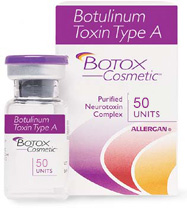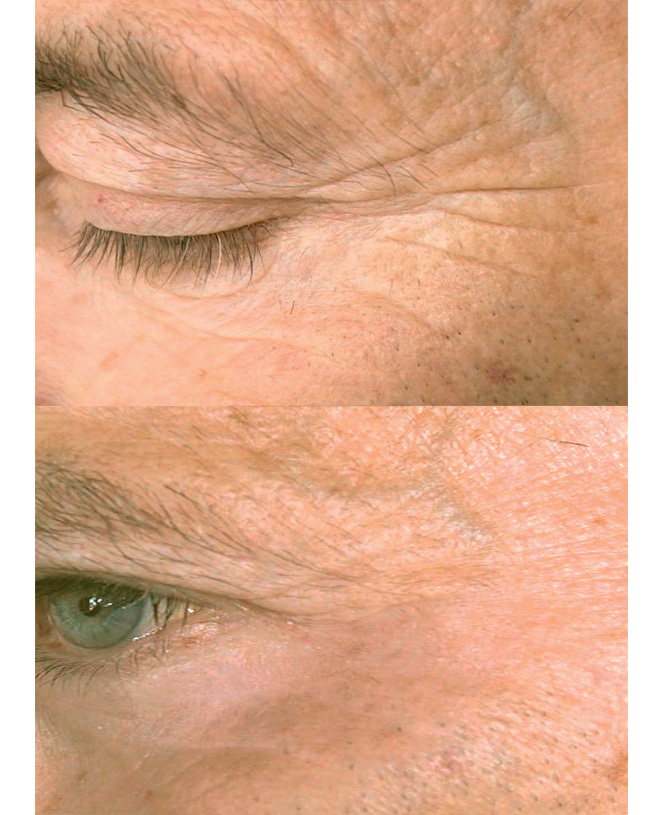
Although cholesterol deposits are not harmful to the eyes, they can cause discomfort. They can also grow in size. They don't need to be removed and are completely harmless. Most patients who have cholesterol deposits around the eye also have dyslipidemia. This is when there are too many fats in the body. Learn how you can treat this condition. If you suspect that your eyelids are clogged with cholesterol, here are some steps you can take.
Dyslipidemia can cause xanthelasma
Dyslipidemia, a condition in which the blood contains too many fatty substances (lipids), is a common cause of xanthelasma in the eye. Dyslipidemia means high blood levels (good or bad cholesterol) and HDL (good cholesterol). People suffering from xanthelasma have high levels of blood cholesterol. High cholesterol levels can lead to inflammation, and other problems.

Xanthelasma is a condition where abnormal fat deposits develop in the eyes. It can be caused by primary or secondary hyperlipemia and in diabetics. It's usually characterised by yellowish spots on the inner side or lower eyelids. Although rare in the younger age group, it can be very serious. If you suspect you have xanthelasma inside your eye, it's best that you consult a physician.
Lipoprotein deposits in eyes
Many processes result in lipoprotein deposits. These lipids can build up on the cornea and cause NV, opacification and decreases in visual acuity. They are also formed when the underlying structure of cells is damaged or cannot function properly. These conditions can be slow-progressing and may be caused by many factors. There are two main types LK: idiopathic (which develops naturally) and secondary (which results from other conditions). In both cases, lipid accumulation is secondary to the systemic disease. Third, lipid deposits can be caused due to previous ocular trauma or diseases.
The most common type of ocular lipid deposition is corneal arcus, which is caused by the deposition of phospholipid and cholesterol into the peripheral cornea. While it is thought that it is a natural part aging, it may also indicate hyperlipidemia. As such, it should be screened by a medical professional to determine whether it's the cause of your eye condition.
Atherosclerosis may be caused by lipoprotein accumulations
The accumulation of cholesterol in the blood vessels narrows them and makes them harder. Because these vessels need to be flexible and malleable, hardening them is detrimental to a person's health. People with dyslipidemia, a condition where there is too much cholesterol in the bloodstream, are more likely to have eyes that are clogged up. Anyone who develops eye deposits prior to age 40 should visit a physician for a quick screening.

Atherosclerosis is caused by the inflammatory response to fatty deposits in your eyes. When an individual is inactive, lipids can build up in the bloodstream. This condition can lead a person to develop xanthelasma. A condition that affects the area around the eyes and can cause atherosclerosis. There are many causes for xanthelasma. The most common is genetic. This condition can be caused by genetic conditions that increase blood lipid levels. Generally, cholesterol is obtained from meat and dairy products. Cholesterol plays an essential role in helping the body make cell membranes, produce hormones, and digest fats.